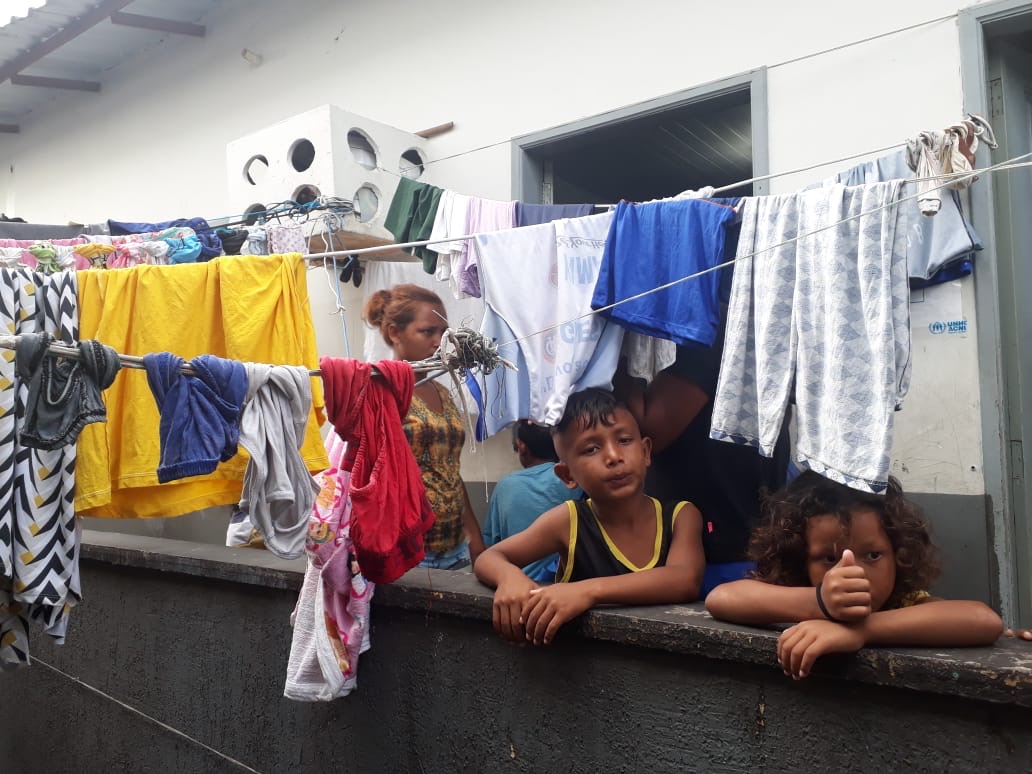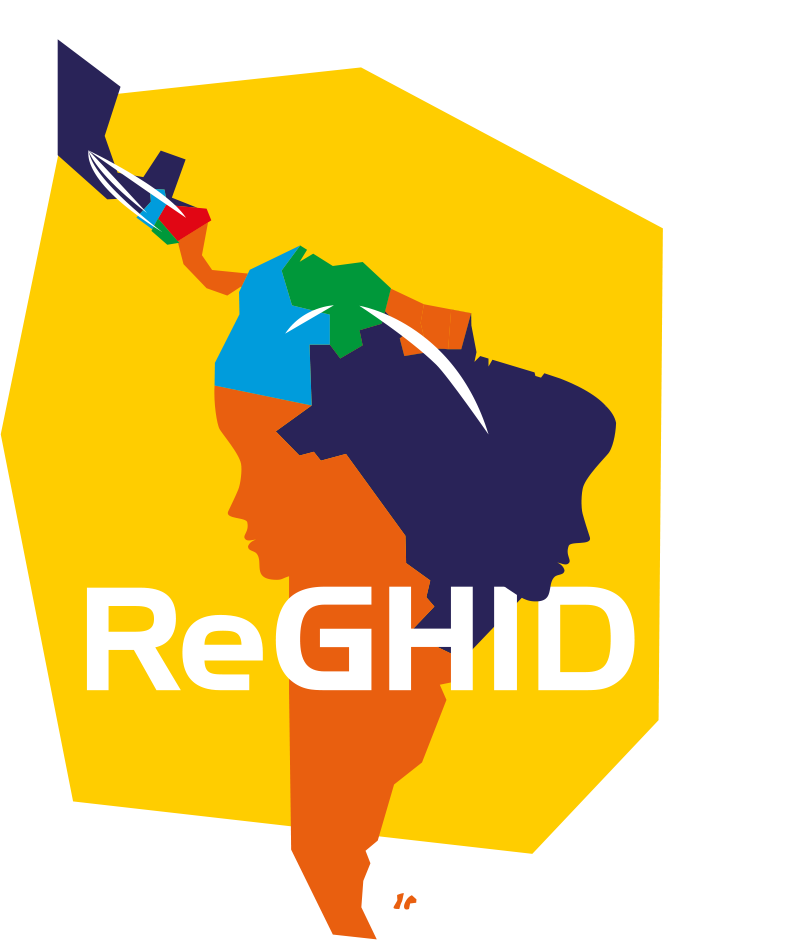How does ReGHID link to the Sustainable Development Goals?

ReGHID supports the commitment of the Sustainable Development Goals to ‘leave no one behind’. While the UN SDG principle of ‘leave no-one behind’ is inclusive of migrants and refugees, the realisation of universal health care for women and girls migrants requires better understanding the conditions surrounding migration and forced displacement that often fuel health inequities and may expose migrants to increased health inequalities; including restrictive migration policies that may cause migrants to travel in a clandestine and risky manner using irregular means of transportation; economic downturns and anti-migrant sentiments give them limited access to health care, education, and safe and dignified working and living conditions.
The ReGHID project directly addresses two development challenges: Poor sexual and reproductive health that causes enormous suffering for women and girls in Latin America –particularly in situations of displacement. At the same time, countries of transit and settlement that face huge challenges in terms of health systems provision. These challenges became even more evident in the last five years as we have seen an unprecedented flow of around 5 million Venezuelan migrants and refugees fleeing mainly to neighbouring Colombia and Brazil, and half a million from the so-called northern triangle of El Salvador, Guatemala, and Honduras to Mexico.
ReGHID will produce new data on SRHR needs of displaced women and adolescent girls and policy modelling to directly support Goal 3.7 on achieving universal access to SRH services, including national strategies, and Goal 5 on gender equality (particularly 5.2 on eliminating all forms of violence against women and girls, and 5.6 on ensuring access to SRR). The research will specifically inform opportunities for expanding coverage and anticipatory planning to gender sensitive SRHR of displaced women and girls while supporting partnership as per Goal 17 and Goal 11.5 on protection of displaced populations, particularly in borders areas already affected by uneven economic and social development
Alongside this, new information and campaign material includes:
‘The AGAPE guide’:
a. Assist displaced women and girls to identify SRH challenges in processes of transit and abode
b. Guide in identifying and accessing SRH services in destinations
c. Assess barriers to the attainment of their SRHR and how and where to find support and healthcare
d. Protect from wrongs and harms
e. Enable self-reliance and movement to durable solution
These initiatives will support commitments made by Mexico, Brazil and Colombia and most Central American countries to international and regional legal frameworks for the safeguarding of rights and wellbeing of displaced women and girls including the 2017 San Pedro Sula Declaration, which lays out the region’s position on joint protection mechanisms for displaced people and migrants as a component of the 2030 Agenda.
Our capacity building initiatives will upskill researchers, policy makers and the health systems workforce, and to develop strategies together with local organisations (MSF, IOM, Abrasco) and regional intergovernmental organisations (COMISCA) proposals for awareness interventions and information campaigning as well as implementing reforms in health system governance as pathways towards a more sustainable and equitable inclusion and wellbeing of women and adolescent migrants in situations of protracted displacement. The methods used and insights gained will also be directly applicable to other Official Development Assistance (ODA) recipients facing challenges that displacement pose to the achievement of SDG goals, principally health and gender-related SDG targets.
